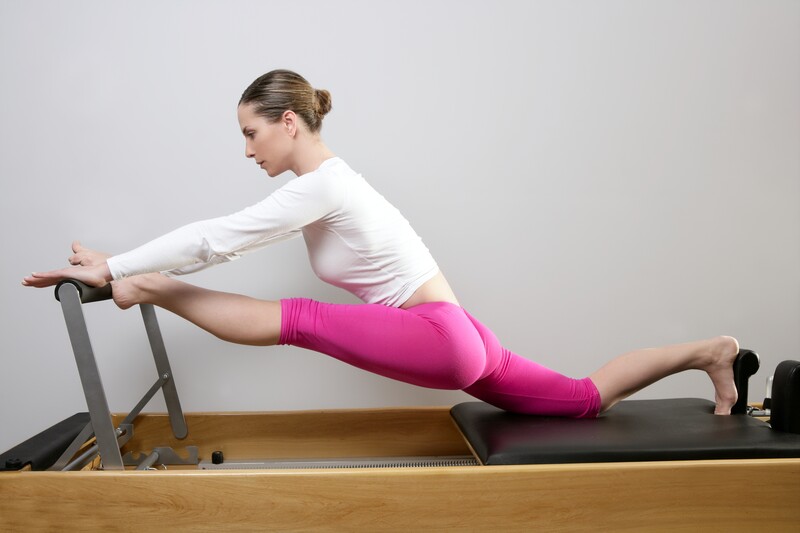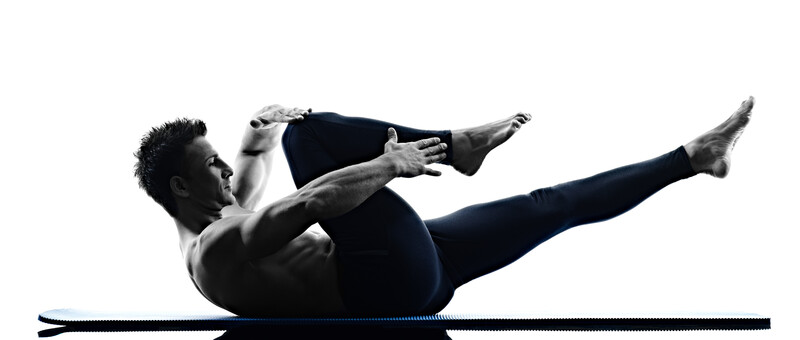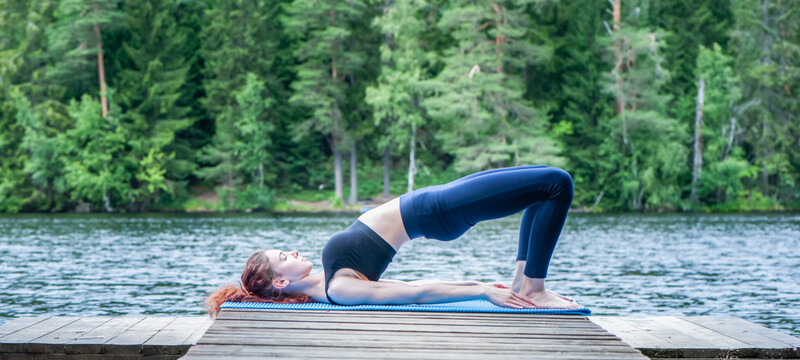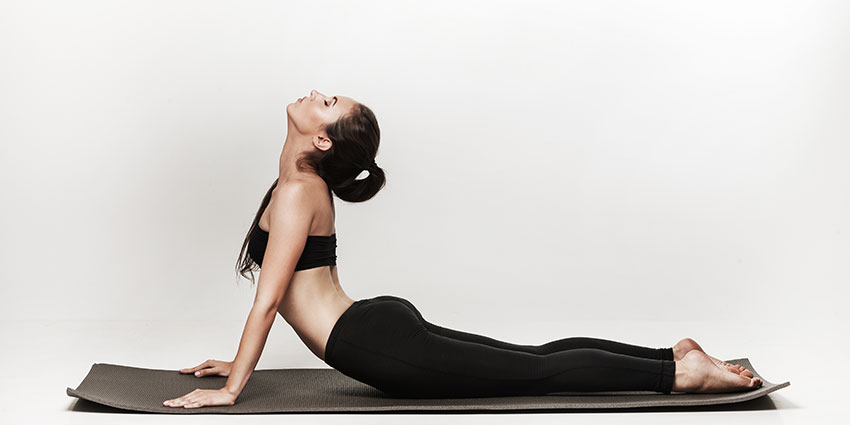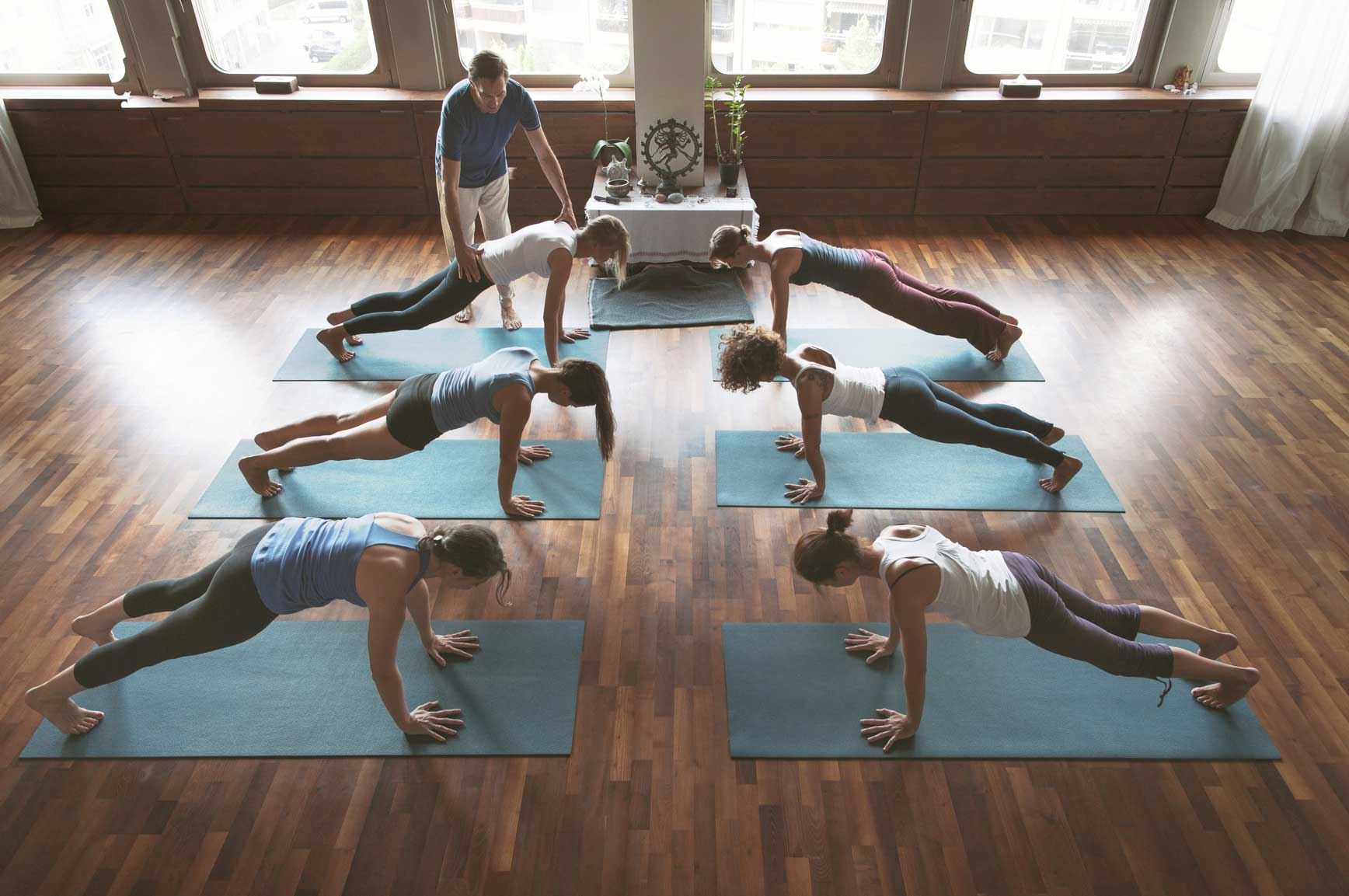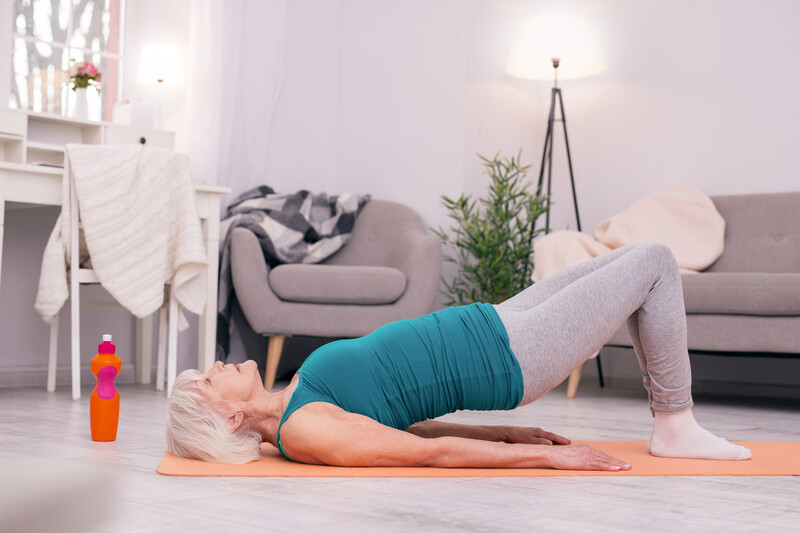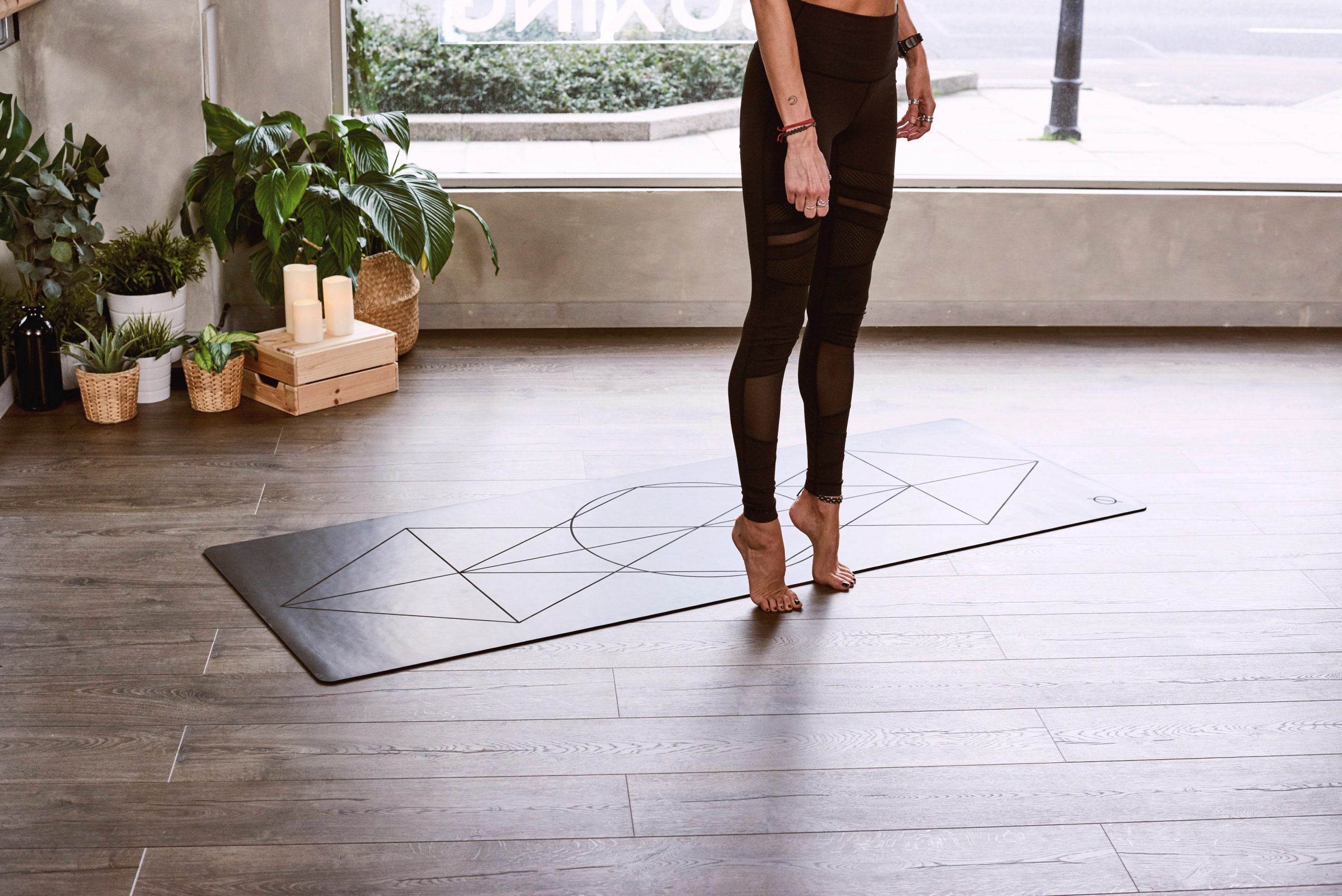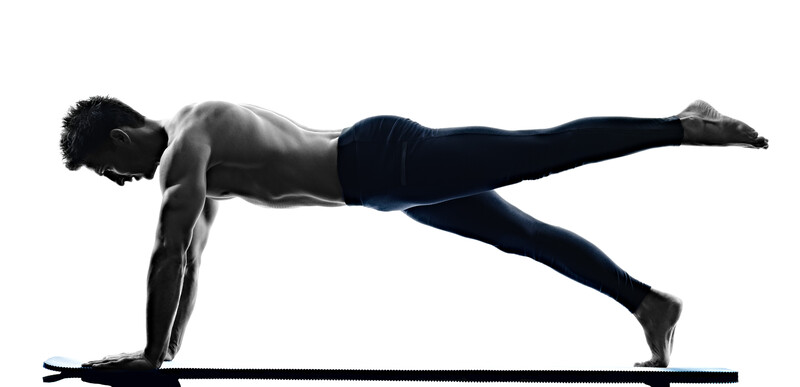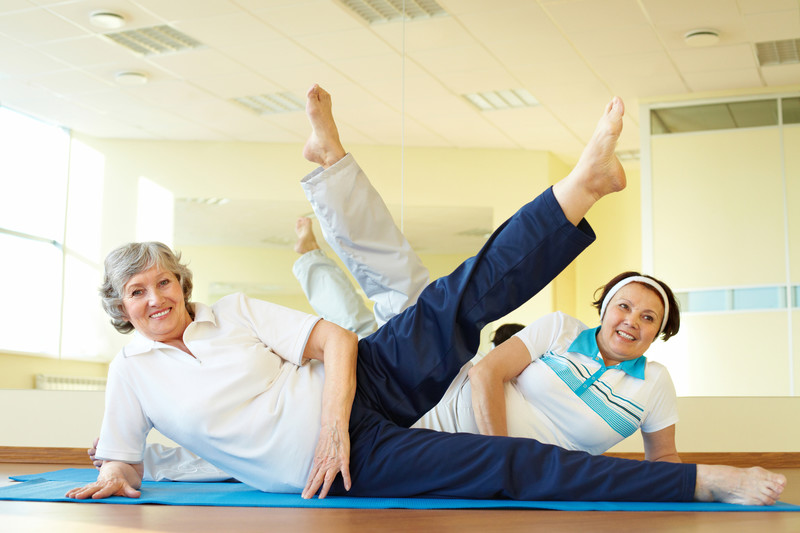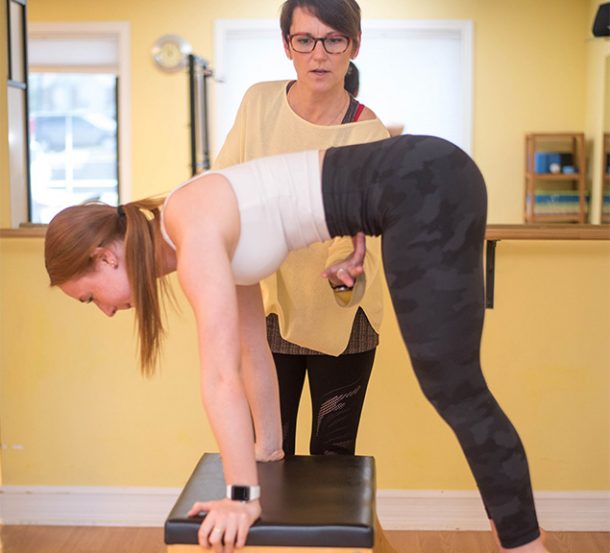Pilates on the Go: How to Stay Fit While Traveling
May 10, 2023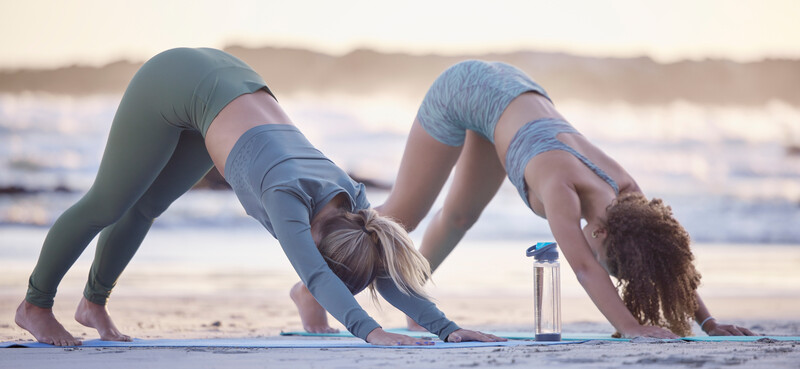
The foundation of any effective exercise plan lies in routine. Consistency is key when it comes to seeing results, whether you’re looking to grow stronger muscles, increase your endurance, or become more flexible. But how do you maintain your progress when your routine goes out the window?
It can be tricky to keep up your regular Pilates routine while on vacation. Lack of equipment and lack of space are common issues, not to mention lack of time – you’ve no doubt got some sights to see, after all! However, abandoning an exercise routine entirely can contribute to feeling lethargic, having trouble sleeping, and losing muscle mass.
Here are the basics to staying fit while traveling and how to successfully take your Pilates routine on the road:
Be Realistic with Your Time
Vacations have a way of coming and going in the blink of an eye. Time flies when you’re having fun, after all! If you’re determined to get in some workouts throughout your travels, be intentional and realistic with your time.
If you’re an itinerary-based traveler, sprinkle in a couple of quick workouts throughout your travel plans. You might want to consider doing an express version of your typical routine, as well. Focus on just the key movements that are conducive to your goals and leave the accessory work for when you get back home. Remember, the main goal here is to maintain routine and avoid losing progress – you can get back to the crazy intense workouts once you’re back in your own city!
Craft a Bodyweight Routine
If you typically use Pilates equipment in your routines like the reformer, TRX bands, or the jumpboard, consider building an equipment-free version of your routine before you set off for your adventure.
You’ve got all sorts of bodyweight Pilates exercises to choose from. From the bicycle to the shoulder bridge to the side bend and everything in between, basic Pilates moves are more than sufficient to get your heart pumping and your muscles working. Pick your favourites to build a full body routine, or use this as an opportunity to try out some new moves!
Get Involved with Local Classes
Leaning into your passions is a fantastic way to integrate into local culture while traveling, giving you a unique and intimate perspective on the places you visit. Since Pilates is your thing, look around online for a local Pilates studio that is open to drop-in members or that offers a weekly pass option.
You’ll meet new people, work up a sweat, and maybe even discover a new move or two. Plus, there’s something so incredible about connecting over a shared passion with people who come from a completely different walk of life!
No luck finding a local class? Take a look at the ABsolute Pilates virtual class offerings to see if you might be able to join us virtually during your vacation.
Don’t Sweat It!
It’s entirely possible that exercise takes a back seat while you’re away. Even if you plan ahead and set aside time for Pilates, traveling is filled with spontaneous and exhausting experiences and it’s completely reasonable to take a rest from your exercise routine while you’re away.
If this is your experience, don’t sweat it. In the same way that it requires consistency to get healthy and build your ideal body, it also takes consistency to fall out of shape. You likely won’t notice any difference by taking a week or two off, and incorporating rest periods into your routine can actually benefit your progress in the long run.
At the end of the day, your focus should lie in making the most of your vacation and prioritizing long-term health through your Pilates passion!
Interested in more Pilates tips and tricks? Contact us at ABsolute Pilates today.
